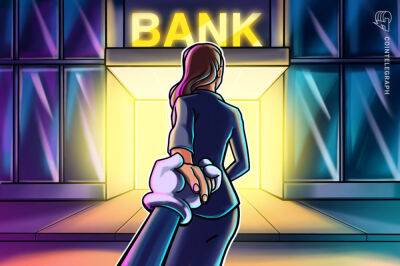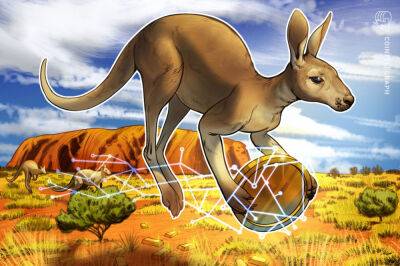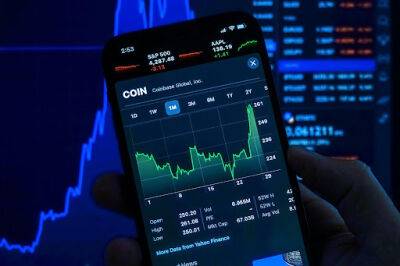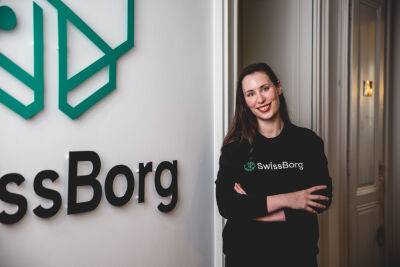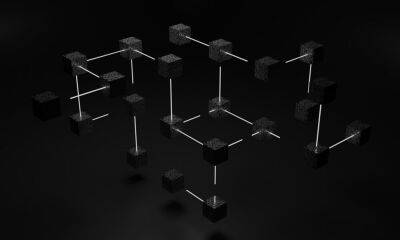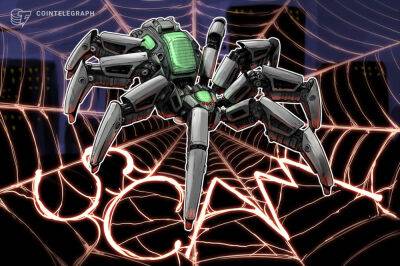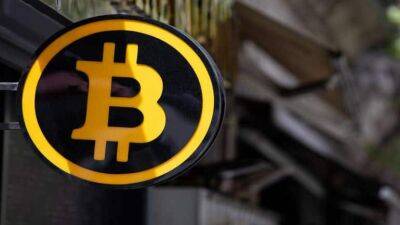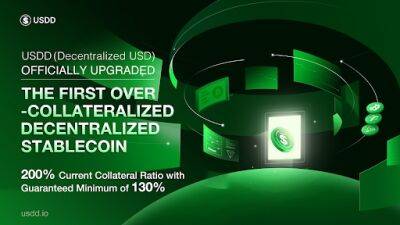Fed Hopes for ‘Soft Landing’ for US Economy, but History Suggests It Won’t Prevent Recession
Alex Domash, Research Fellow, Harvard Kennedy School, and Lawrence H. Summers, Charles W. Eliot University Professor, Harvard Kennedy School._____
The Federal Reserve will likely soon learn what gymnasts already know: sticking a landing is hard.
With inflation surging to a new 40-year high and continuing to accelerate, the Fed raised interest rates by a half-percentage point this week. It is the second of seven planned rate hikes in 2022 – following a quarter-point increase in March – as the Fed tries to cool consumer demand and slow rising prices.
By raising interest rates, the central bank is hoping to achieve a proverbial “soft landing” for the US economy, in which it’s able to tame rapid inflation without causing unemployment to rise or triggering a recession. The Fed and professional forecasters project that inflation will recede to below 3% and unemployment will remain under 4% in 2023.
Our recent research, however, suggests that engineering a soft landing is highly improbable and that there is a significant likelihood of a recession in the not too distant future.
That’s because high inflation and low unemployment are both strong predictors of future recessions. In fact, since the 1950s, every time inflation has exceeded 4% and unemployment has been below 5%, the US economy has gone into a recession within two years.
Today, inflation is at 8.5% and unemployment is at 3.6% – suggesting a recession will be very hard to avert.
Inflation is fundamentally caused by too much money chasing too few goods.
In the short run, the supply of goods in the economy is more or less fixed – there is nothing that fiscal or monetary policy can do to change it – so the job of the Fed is to manage total demand in the economy so that it
Read more on cryptonews.com




